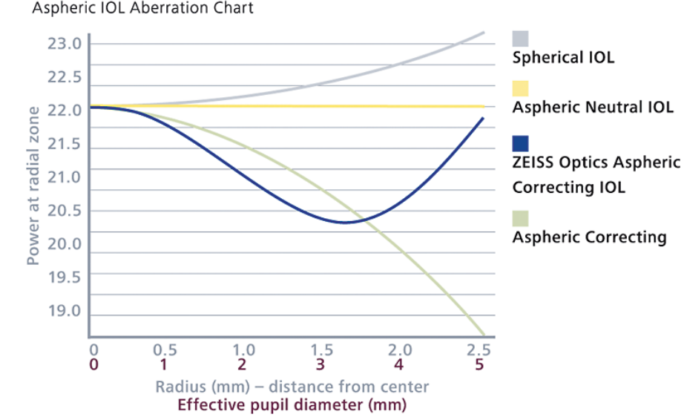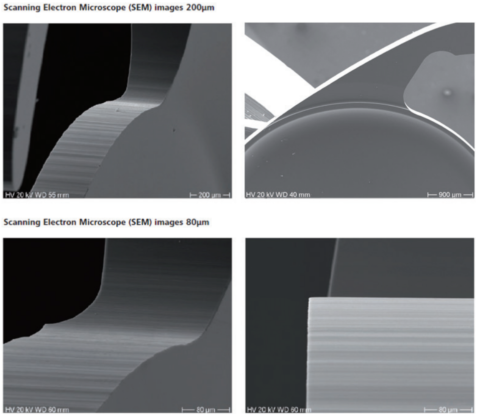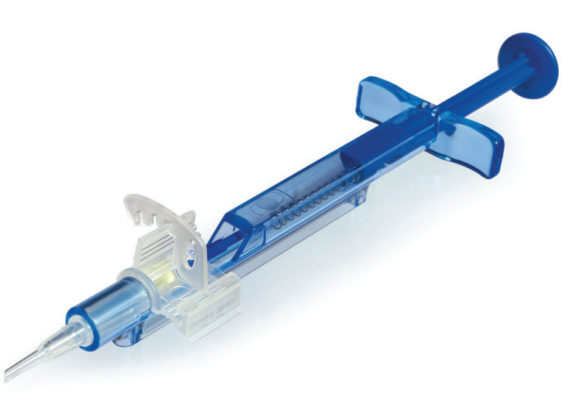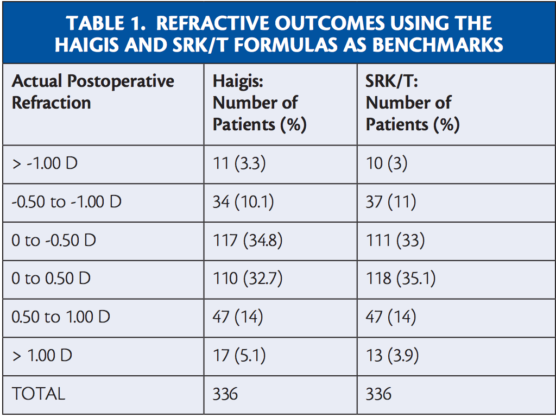Sponsored by ZEISS

Founded in 1846, ZEISS has since established itself as a leader in the field of optics, and today the company offers an extensive lens portfolio of monofocal, bifocal, trifocal, and toric IOLs. In response to the evolving IOL market, more than 2 years ago, ZEISS took the appropriate measures to broaden its lens profile through acquisition, adding a hydrophobic acrylic model to its already extensive range of IOLs. This was achieved in January 2014, when Carl Zeiss Meditec extended its IOL portfolio to include its first preloaded hydrophobic acrylic IOL.
The unique optical design and the high purity and glistening-free material was the perfect technology for ZEISS to invest its time and resources, thereby opening the door for the company to enter the hydrophobic IOL market. After further investment in ZEISS’ manufacturing facilities and production processes, in September 2014, the company launched the CT LUCIA product line.
Immediately after the launch, ZEISS witnessed unprecedented growth and customer adoption of the IOL platform in the already established markets of Europe and Asia. By March 2016, ZEISS had expanded roll-out of the CT LUCIA on a global scale, leading to further growth, and, in October 2016, the latest generation of the IOL, the CT LUCIA 611P and 611PY, became available across Europe.
This article provides an overview of three important evolutional highlights of the lens and summarizes a recent study of postoperative refractive results.
THREE EVOLUTIONAL HIGHLIGHTS
As a business, ZEISS continuously invests in its product platforms, spending close to 10% of its annual turnover in 2015/2016 on research and development. With respect to the CT LUCIA, the company has specifically focused on perfecting its fully preloaded injector system and on optimizing the optical performance of the lens.
The human eye is not optically symmetrical, and, therefore, few IOLs are perfectly centered in the eye. When the IOL is not centered, degradation of contrast sensitivity can occur in some conditions, especially in low light. The patented aspheric ZEISS Optics design (Figure 1) compensates for a range of aberrations that can occur from various corneal shapes and with lens misalignments.
Highlight No. 1: Patented aspheric ZEISS Optics design.

Figure 1. The different levels of optical designs and asphericities currently available in the market.
With the patented design, the CT LUCIA can provide better image quality for patients in a variety of real-life conditions.
In the constant process of improving its IOLs, ZEISS achieved a posterior 360° square edge of the CT LUCIA to a radius of less than 3 µm (Figure 2). With this improvement in lens design, cell migration and early posterior capsular opacification can be prevented.
Highlight No. 2: 360º square edge.

Figure 2. Scanning electron microscope images at 200 µm (top) and 80 µm (bottom), depicting the high-quality sharp-edge design of the ZEISS CT LUCIA. The images were taken at the Technical University of Berlin.
The CT LUCIA comes completely preloaded in ZEISS’ latest injector, the BLUEJECT (Figure 3). Thanks to its design and the lens being fully preloaded, lens preparation is fast and easy, while avoiding unwanted IOL manipulation. The injector is available in a variety of tip sizes and can be used with the entire diopter range of CT LUCIA IOLs. The BLUEJECT 2.0 tip injector can be used for the diopter range of 4.00 to 24.00 D, the BLUEJECT 2.2 tip injector for the diopter range of 24.50 to 30.00 D, and the BLUEJECT 2.4 tip injector for the diopter range of 30.50 to 34.00 D. The incision size is recommended to be 0.2 mm larger than the actual tip size.
Highlight No. 3: New enhanced fully preloaded injector system.

Figure 3. The BLUEJECT injector, compatible with the ZEISS CT LUCIA.
POSTOPERATIVE OUTCOMES
Several studies have documented the excellent postoperative outcomes of the CT LUCIA lens platform. In one recent study of 336 patients who had the CT LUCIA 601P or 601PY implanted during cataract surgery, 67.5% achieved a postoperative refraction within ±0.50 D of predicted refraction, and 91.6% were between ±1.00 D when the Haigis formula was used as a benchmark (Table 1). A similar result was obtained when the SRK/T formula was used as a benchmark (Table 1). In this model, 68.1% of patients achieved a postoperative refraction within ±0.50 D of predicted refraction, and 93.1% were within ±1.00 D.

Table 2 shows the refractive outcomes using the means of the Haigis and SRK/T formulas as benchmarks. In short, 69.3% of patients achieved a postoperative refraction within ±0.50 D of predicted refraction and 93.4% within ±1.00 D.

Roland Ling BM, BCh (Oxford), FRCOphth (London), performed all procedures. The results compared favorably with the Royal College of Ophthalmologists guidelines, which state that refractive outcomes should be within ±1.00 D of the target in 85% of cases.
“In summary, the refractive outcomes of cataract surgery at the Medical Eye Clinic, Exeter, United Kingdom, using the combination of IOL Master 700 biometry (ZEISS) and implantation of the CT LUCIA IOL had been excellent,” Mr. Ling, Consultant Ophthalmic Surgeon, said.
CONCLUSION
Within the entire ZEISS IOL portfolio, the CT LUCIA is a reliable lens choice. Through constant enhancements and continual testing by the ZEISS research and development team and by cataract surgeons in their clinical practices, the performance of the lens has been maximized even further in order to provide patients with a fully enhanced and optimized lens design that meets their growing demands.



